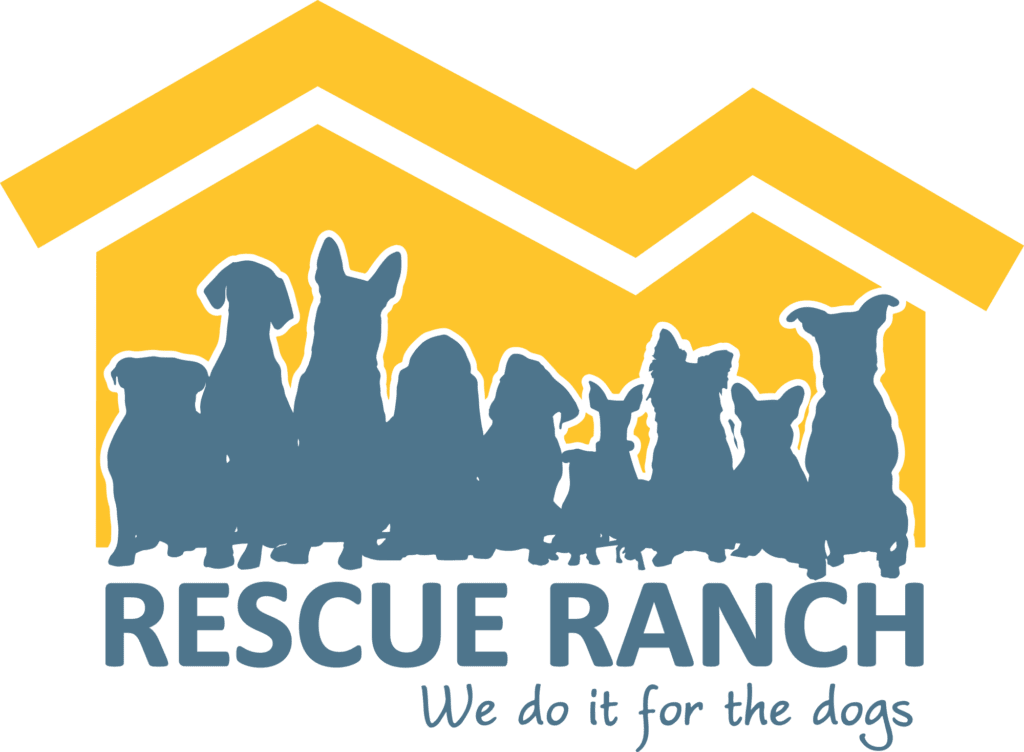Wednesday, October 13, is National Pet Obesity Awareness Day, which gives me a good excuse to talk about this weighty topic. All bad puns aside, the fact is that pet obesity is a serious health issue. Is your dog overweight? Or Cat? If so, don’t wait. Consult your vet and come up with a plan to help your dog shed those extra pounds and your cat return to its optimal feline form.
According to a 2018 Association for Pet Obesity Prevention (APOP) survey, 60% of cats and 56 % of dogs in the US are overweight. While some people may think that a couple of pounds can’t hurt, extra weight will dramatically affect your pet’s longevity, health, and quality of life.
Here are some of the health conditions that correlate directly with obesity in dogs:
- Diabetes
- Osteoarthritis
- High blood pressure
- Cancer
And the list goes on …
Cats face similar challenges. In addition to health, obesity also affects quality of life. If your pet’s weight impedes their mobility or their breathing, if they’re lethargic and unmotivated, then they just aren’t living their best life.
Weight gain happens progressively, so pet owners might not notice unless they’re alert to the changes. The charts below, are helpful for gauging where your dog or cat falls along the body condition spectrum (links download from WSAVA website). You should also follow up with your veterinarian for a more formal evaluation.
How To Help Your Dog Lose Weight
Barring any medical contraindications, you’ll probably start by reducing calorie intake with smaller portions and/or healthier food. Also, limit those treats! You’d be surprised at how many calories they pack. Look for high quality options or healthy alternatives.
Next, you’ll increase your dog’s activity. APOP recommends at least 30 minutes of daily weight-loss activity, such as a brisk (no sniffing) walk. Typically this applies to the outgoing part of the walk, and then on the return trip, you can allow your dog to engage in sniffing and other normal canine social networking.
For cats, in addition to dietary changes, aim for at least three 5-minute periods of intense play/activity.
Even if you already have a weight-loss plan in mind, you should consult with your vet because underlying conditions can also cause weight gain. And, it’s dangerous to abruptly change your pet’s food intake. Cats, in particular, are more sensitive to calorie reduction than dogs or humans. In cats, too few calories can very quickly lead to a serious, life-threatening condition called hepatic lipidosis.
Visit the APOP website for more information, infographics, and some useful tools.
Here at Rescue Ranch dogs come at all ages and fitness levels. They run the specturm from emaciated and starving to severely overweight. In all cases, we aim to achieve a healthy weight. When they’re overweight, we monitor their diet and provide exercise that is appropriate to their energy levels, physical needs, and current fitness. The weight must come down and physical activity must go up at a safe, progressive rate.




